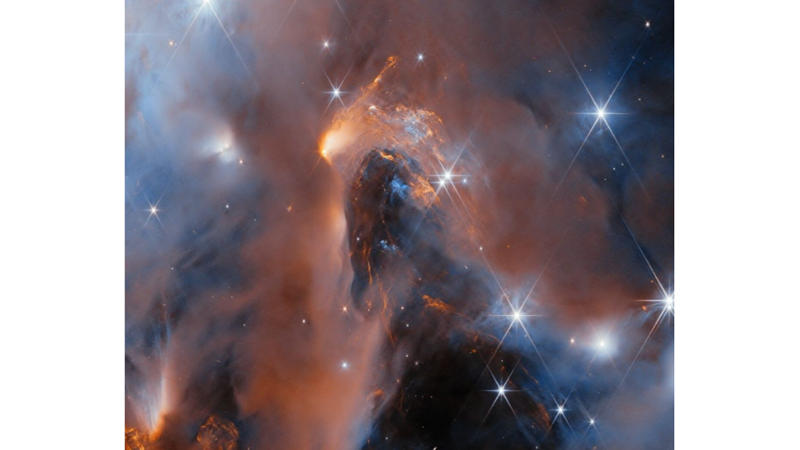This cosmic formation, detected by NASA's Webb Telescope, is a nebula in the Perseus molecular cloud about 960 light-years away.
Webb's highly sensitive observations can reveal even low-mass cosmic objects. Some of the faintest ‘stars’ in the image are actually newborn free-roaming brown dwarfs with masses comparable to giant planets. The clouds of gas and dust surrounding these young stars contain material that could contribute to the formation of planetary systems in the future.
This is actually not a new process. Like the young stars in this image, our Sun and planets were born 4.6 billion years ago in a dusty molecular cloud. Our Sun did not form on its own; it was part of a star cluster much larger than this nebula. Studying similar nebulae helps us understand not only stars like our Sun, but also brown dwarfs and early free-floating planets.
Image description:
A nebula of cloudy gas and dust resembling soft, thin clouds, with thin, highly detailed layers compressed close together in the centre. Large, bright stars surrounded by six elongated points of light punctuate the image, as well as some small, point-like stars embedded in the clouds. The clouds are illuminated in blue close to the stars, while the orange colours indicate clouds glowing in infrared light.


 Nielawore
Nielawore









Yorumlar
lezzetli mi acaba :d
Ahahah denemek lazım!
Yorum yazmak için lütfen giriş yapınız